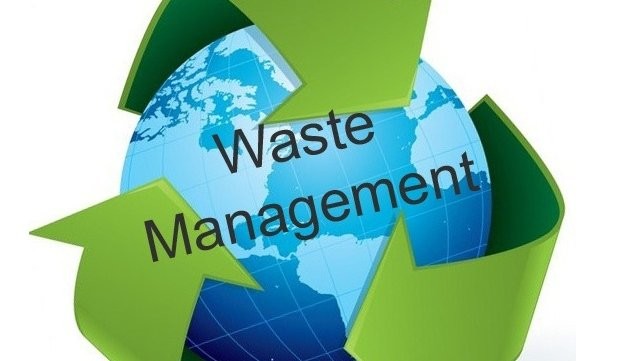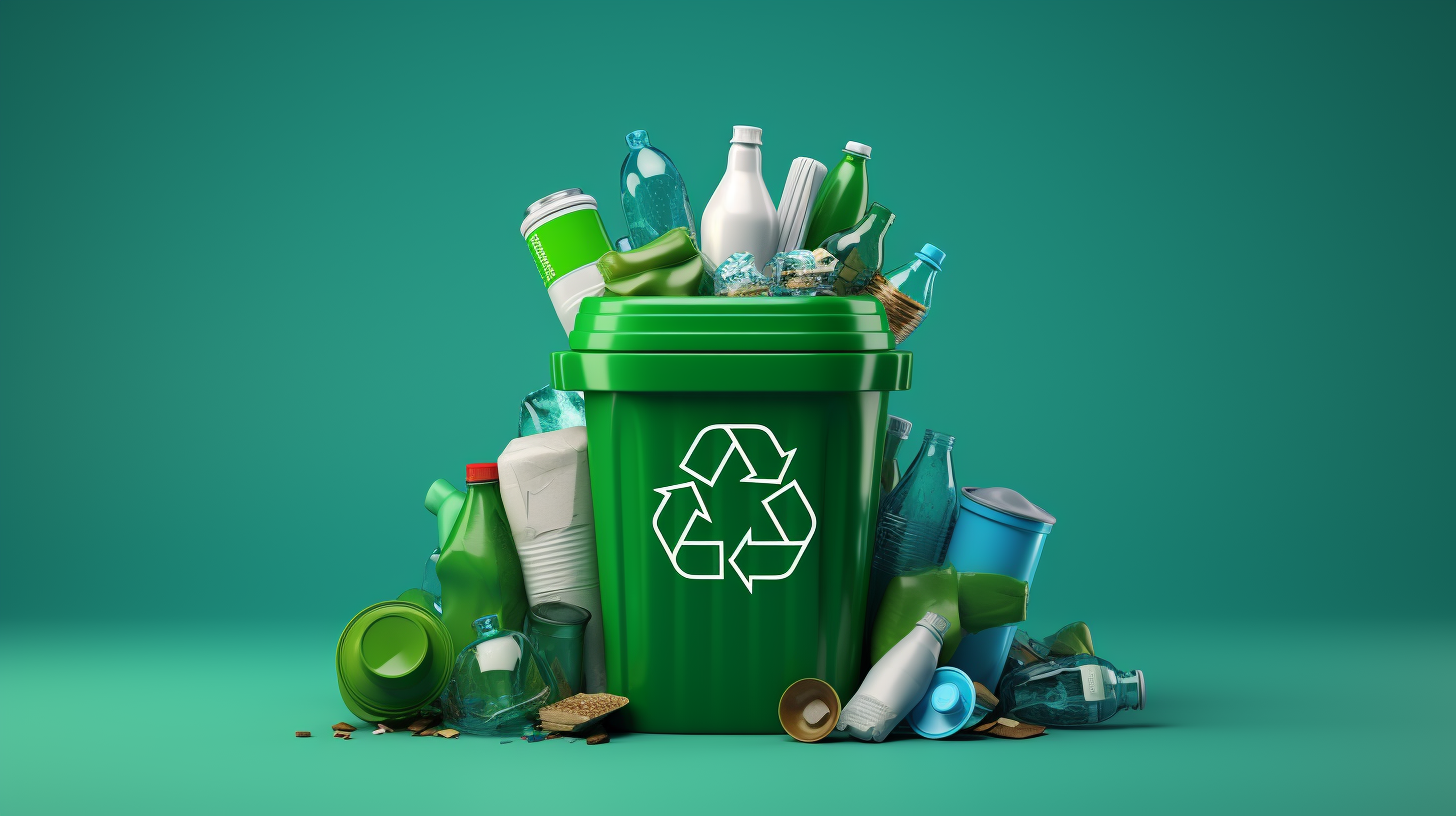Why Choose Recycling Lives Services for Your Waste Monitoring Requirements
Why Choose Recycling Lives Services for Your Waste Monitoring Requirements
Blog Article
Checking Out Various Sorts Of Waste in Modern Waste Monitoring Solution
The modern landscape of waste monitoring entails navigating a complicated array of waste kinds, each needing specialized handling and disposal methods to mitigate environmental effects. Metropolitan strong waste, hazardous waste, digital waste, and natural waste each existing distinct obstacles and chances for resource healing.
Community Solid Waste
Municipal strong waste, usually described as household trash or trash, includes a variety of thrown out products created by residential, commercial, and institutional resources within a community. This waste stream usually consists of things such as product packaging, food scraps, lawn trimmings, paper, plastics, fabrics, and discarded home products. The management of metropolitan strong waste is an essential element of metropolitan preparation and public health, necessitating reliable collection, transportation, and disposal systems.
Effective waste monitoring systems are created to lessen environmental effect while making best use of resource recuperation. This usually includes a mix of approaches consisting of composting, landfilling, and recycling. Reusing programs target materials like paper, glass, steels, and particular plastics, diverting them from landfills and reestablishing them right into the production cycle. Composting natural waste, such as food scraps and yard trimmings, not only reduces land fill usage yet additionally creates important dirt amendments.
Districts should also address the financial and logistical obstacles related to waste monitoring. Executing pay-as-you-throw systems, enhancing public awareness, and purchasing modern technology can dramatically improve waste diversion prices. By incorporating these practices, communities can cultivate sustainable neighborhoods, lower greenhouse gas discharges, and preserve natural resources.
Hazardous Waste

Efficient unsafe waste administration entails several essential steps: identification, therapy, disposal, and segregation. Segregation makes certain that harmful products are stored separately from non-hazardous waste to stop cross-contamination.
Governing frameworks, such as the Resource Conservation and Recuperation Act (RCRA) in the USA, offer standards and criteria for hazardous waste administration. Adherence to these laws, paired with improvements in waste treatment innovations, is vital in alleviating the dangers associated with unsafe waste.
Digital Waste
Electronic waste, generally described as e-waste, stands for a swiftly growing obstacle in waste monitoring systems around the world. This kind of waste incorporates thrown out electronic tools and equipment such as smartphones, computers, televisions, and other electronic appliances. The fast speed of technological advancement, combined with reducing product lifespans and customer demand for the most recent gadgets, has tremendously increased the volume of e-waste created yearly.
E-waste is specifically troublesome as a result of its intricate make-up, frequently consisting of harmful materials like lead, cadmium, and mercury, which position substantial environmental and health and wellness risks if not effectively handled. On the other hand, e-waste also includes useful products such as copper, gold, and silver, which can be recovered and recycled. The dual over at this website nature of e-waste-- both dangerous and useful-- demands specialized handling, recycling, and disposal procedures.
Efficient e-waste monitoring entails strict governing frameworks, robust collection systems, and advanced recycling technologies. Public understanding and participation are important, as improper disposal methods, such as illegal disposing and casual recycling, aggravate environmental contamination and health hazards. Improving e-waste management methods is crucial for reducing eco-friendly impact and recuperating beneficial resources in a significantly electronic globe.

Organic Waste
Organic waste, comprising kitchen area scraps, lawn trimmings, and farming residues, stands for a substantial portion of the worldwide waste stream. This kind of waste is biodegradable, meaning it can be broken down by bacteria into easier organic compounds. Despite its potential for natural decay, improper management of natural waste can bring about unfavorable ecological impacts, including the emission of greenhouse gases such as methane, which add to environment adjustment.
Reliable management of natural waste is crucial for minimizing these ecological influences (recycling lives services). Composting is a widely adopted technique, transforming natural waste right into nutrient-rich compost that can boost soil health and wellness and agricultural performance. In addition, anaerobic digestion is an emerging modern technology that converts organic waste into biogas, a renewable resource resource, and digestate, which can be made use of as fertilizer
Municipalities and waste management entities need to execute durable natural waste collection and treatment programs to make the most of the benefits of these processes. Public education and learning campaigns can likewise play an essential function in encouraging houses and businesses to separate natural waste from other kinds of waste. By prioritizing the management of organic waste, cultures can decrease landfill usage, lower greenhouse gas emissions, and produce useful byproducts for farming use.

Cutting-edge Waste Management
In the world of waste administration, ingenious approaches are transforming exactly how societies handle their see refuse, intending for sustainability and effectiveness. One prominent advancement is the application of wise waste containers outfitted with sensors that keep track of fill degrees and enhance collection paths.
An additional significant growth is the fostering of waste-to-energy (WtE) technologies. By transforming non-recyclable waste into usable power through procedures such as incineration and anaerobic food digestion, WtE lowers garbage dump worry and supplies a renewable resource resource. Furthermore, improvements in chemical reusing permit the breakdown of complicated plastics right into their initial monomers, enabling the development of new, high-quality plastic items.
In addition, the round economy design is acquiring traction, emphasizing the layout of items and systems that focus on reusability and resource performance. This alternative technique encourages sectors to decrease waste generation from the outset. With these cutting-edge techniques, modern waste management systems are not only resolving the immediate obstacles of waste disposal however also leading the way for a more sustainable future.
Verdict
A comprehensive understanding of community solid waste, contaminated materials, digital waste, and organic waste, combined with the application of innovative waste administration solutions, is imperative for reducing environmental effects. Integrating technologies such as wise waste bins and waste-to-energy systems can improve effectiveness and sustainability. Effective waste administration approaches not just foster resource healing yet also promote public recognition and participation, inevitably adding to the advancement of a circular economy.
The modern landscape of waste monitoring includes navigating a complicated range of waste types, each needing specialized handling and disposal approaches to alleviate environmental influences. Local strong waste, unsafe waste, digital waste, and natural waste each existing distinct challenges why not look here and chances for source healing.Electronic waste, generally referred to as e-waste, stands for a swiftly growing obstacle in waste management systems internationally. Through these cutting-edge approaches, contemporary waste administration systems are not only dealing with the immediate challenges of waste disposal but likewise paving the means for a much more lasting future.
A detailed understanding of local solid waste, hazardous waste, digital waste, and organic waste, coupled with the implementation of ingenious waste management remedies, is crucial for reducing environmental effects. (recycling lives services)
Report this page